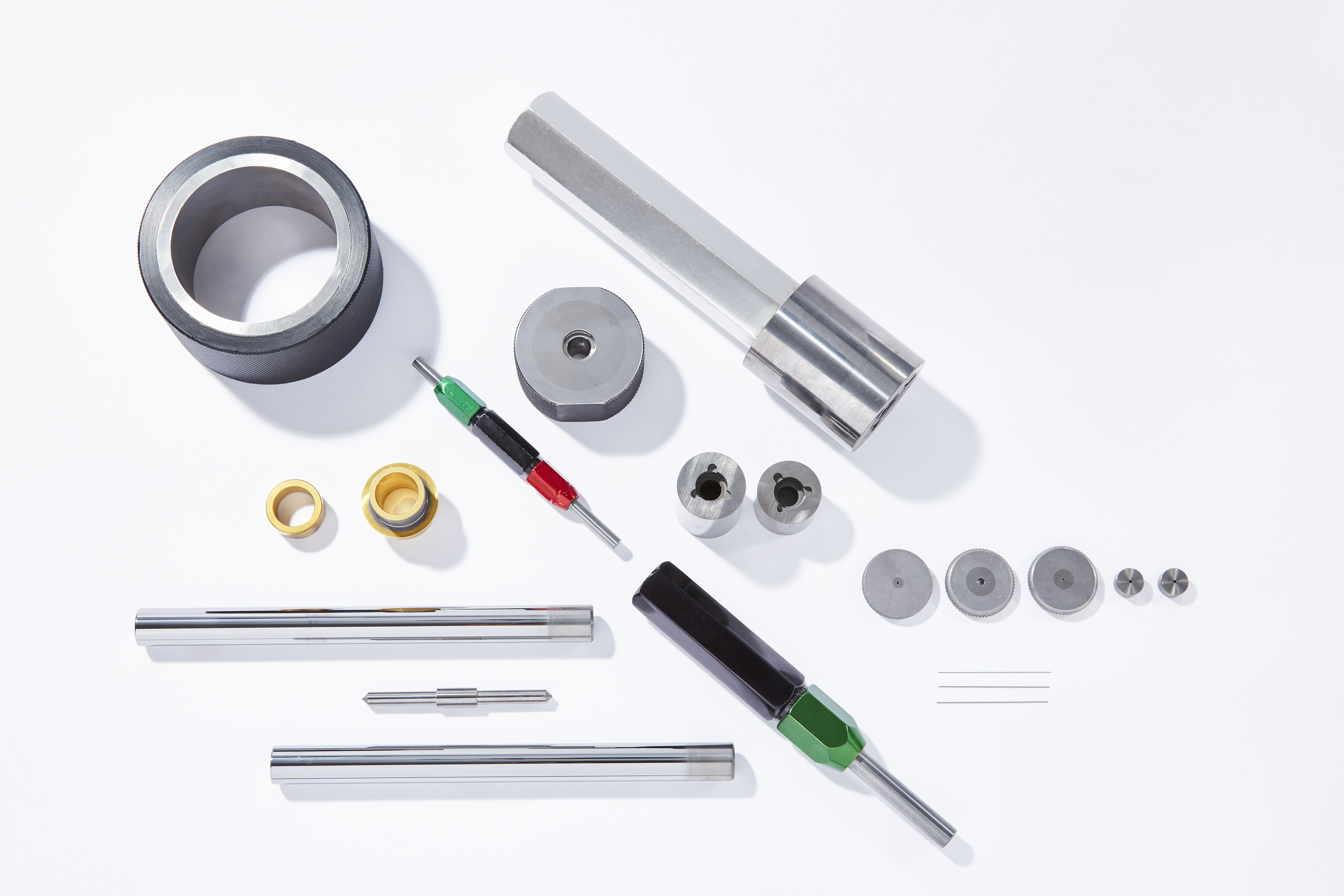The Pursuit of Small
Three Foundational Capabilities
Here at GLE Precision, our business model has been built on three foundational capabilities. They are small parts (ID/OD/OAL: .002” [.0508mm] or less), surface lapping (.4RA [.01016 micron] or less), and precision tolerances (.000003” [.000076mm] or less). The three foundational capabilities are part of our core and what we do as a company very well.
Small Parts in a New Light
We often speak of the pursuit of smaller parts. When I think of this pursuit, I am often reminded of a story that is regularly told by one of our senior production supervisors. Decades ago, his high school shop teacher told him a story about a local company that had been able to lathe down a part to .004”. The local company was so proud of themselves, feeling that they had accomplished something remarkable. Upon showing this to the shop teacher he suggested that they send this to a friend in Japan that was in the manufacturing business to get his thoughts and feedback on the accomplishment.
After several months, they received the part back with a note from the shop teachers’ friend. The note complimented them on their accomplishments and encouraged them to keep challenging themselves. They questioned what was meant by challenging themselves – perhaps lathe it down from .004” to .003”? Not exactly. The business associate had shown them how to see small in a new light – he took their .004” part and put a hole through the center of it.
Small Parts Today
Today in our pursuit of small, we measure our accomplishments and milestones in millionths of an inch. For many years we have been making steel plug gages with an OD of .002” and class Z, or +/-.0001”, tolerance. In recent months, our team has developed a process that is now allowing us to produce class X (+/-.00004”) tolerance gages at this size. They are not stopping there; they have had success in producing class XX (+/-.00002”) gages down to .001” OD and, are seeing encouraging results on gages down to .0008” OD.
We may soon be able to provide gages to customers that are four times smaller than a human hair, holding a tolerance that is ten times smaller than the diameter of a red blood cell. For GLE Precision and others, the pursuit of small has evolved from thousandths of inches to millionths of inches. And if you are looking for somebody to put a hole in the center of a .004” part, we can do that too.
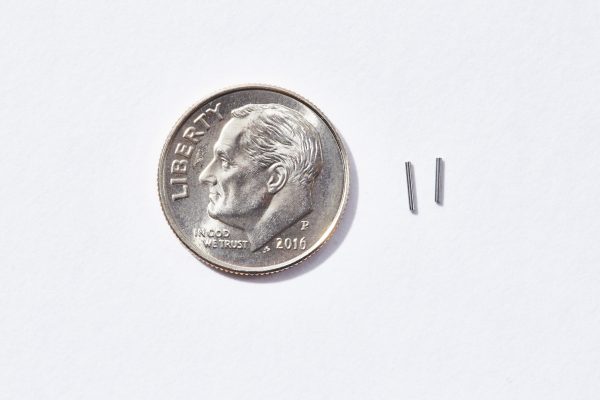
A Class Above
Our experience with small gages and parts naturally leads to developing tight tolerances. Some gage makers are not able to hold a XXX tolerance (+/-.000010” at the smallest sizes), and others cannot hold a XXX tolerance below a .100” OD. Learning this skill is not an overnight process; machinists can take years or even decades to be able to produce these micro-tolerance parts.
We pride ourselves on the skill and innovation of our employees at GLE, which has allowed us to manufacture small parts and gages in carbide and other hard materials that few, if any, other manufacturers can produce. Like that friend from Japan, we would love to hear what small is for you so that we can continue to challenge ourselves and the next generation of creative minds and machinists here at GLE in our “Pursuit of Small”.
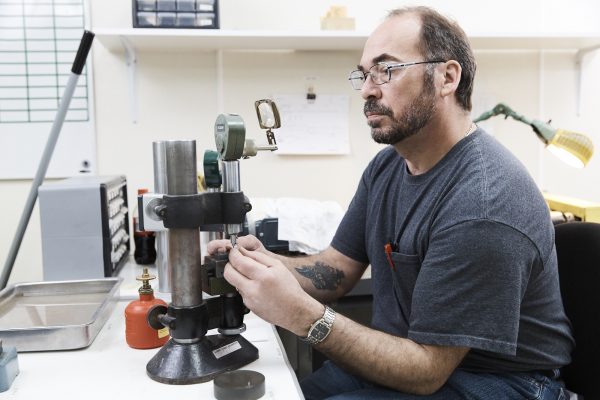
Selecting a Material
Typically, GLE-Precision manufactures small gage pins from carbide and steel. Ceramics are also used to manufacture gage pins as well. Which material is best for your gaging application?
Carbide
Carbide begins as a distributed mixture of tungsten carbide powder (WC) and a small amount of binder powder, which is generally cobalt (Co). A carbide manufacturing company processes, shapes, and sinters the mixture. The sintering process liquefies the binder, which when cooled, forms a cement. The hard tungsten carbide powder grains are rigidly embedded in the cement, creating a material that is much stronger than most steels.
Carbide has many different grain sizes, including submicron, fine, medium, coarse, and extra coarse. The percentage of binder in the carbide has a direct effect on the properties of the finished product. Cobalt and Nickel are common binding agents in carbide.
Steel
GLE-Precision is able to machine all types of steel with various heat treat specifications and coatings to produce gages, especially small gage pins. We work with tool steels, stainless steels, and exotic steels to meet customer requirements. Tool steel is a carbon alloy that is well suited for manufacturing tools to make products. The hardness, abrasion resistance and shape retention at increased temperatures are key properties of this material.
An example of stainless steel is PH13-8. The best feature of PH13-8 is the good resistance to general corrosion and stress corrosion cracking. High strength, obtained from a low-temperature heat-treatment process, is also a great benefit.
Exotic steel can contain various amounts of metals including nickel, cobalt, and chromium. Exotic steels are used in diverse applications such as orthodontic and prosthetics, aircraft components, and high strength wire.
Ceramic
Mining companies use various processes to extract ceramic components from the Earth. The materials are milled to very fine powders and sintered. By sintering, the ceramic transforms into a very hard, corrosion-resistant material. Manufacturing companies value ceramic materials for their strength, hardness, and resistance to abrasion and corrosion. Zirconia and Alumina are two types of ceramic we commonly work with.
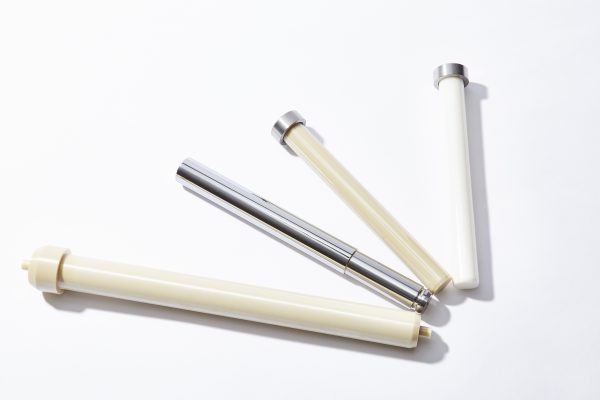
Basics of a Small Pin Gage
A typical plug gage resembles a rod or wire and often comes in a two-part configuration. One of the pieces measures the upper limit, and the other piece measures the lower limit. The No-Go tolerance on the plug is for the upper limit and applied below the nominal size. The Go tolerance on the plug gage is for the lower limit and applied above the nominal size. In between the two gages is usually a handle, a green end meaning Go, and a red end representing a No-Go. Each gage is typically reversible, allowing the user to utilize both ends for maximum life.
When using a pin gage to inspect a hole, the part passes if a No-Go pin will not fit, but the Go pin can be inserted into the hole without interference. If the No-Go pin fits without interference, the hole is oversized and the part should be rejected. Likewise, if the Go pin does not fit, the hole is undersized and the part should be rejected. The surface finish of the hole is extremely important when you are checking the hole with a pin gage – a hole that is not completely round could introduce fit problems. GLE-Precision is an excellent resource to check these dimensions and repair the parts when possible.
Applications of a gage pin
Gage pins (plug gages) check the tolerance of a hole in a product and help to calibrate equipment. To meet the required specification, plug gages are an integral part of the inspection process.
Plain plug gages serve in a variety of roles, primarily to measure the internal diameters of various parts and components. Inspection of the holes or creating small pins is a critical process in industries such as aerospace, medical, and oil/gas monitoring. Within the medical device world, plug gages are crucial in manufacturing implants and other devices despite the shift in customer preference in more advanced precision systems. In the aerospace industry, our gyroscopic pins are the crucial component in guidance mechanisms for defense weaponry and navigation systems.
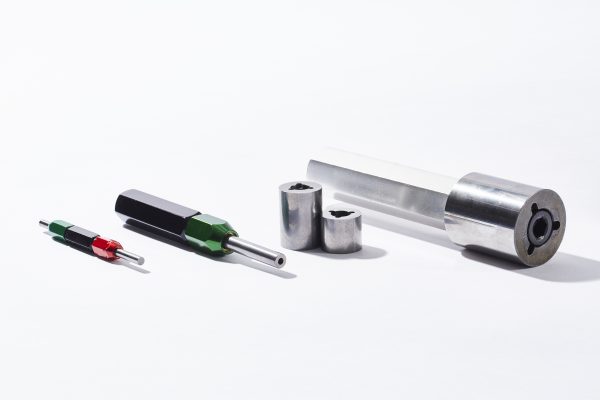
Conclusion
GLE-Precision is your source for precise small gage pins and custom small parts. The smallest pin we have produced to date is a steel pin that has a diameter size of .002” and a tolerance of .000020”, a XX tolerance. If your application requires a gage pin, please reach out to GLE-Precision for a quote or more information.
